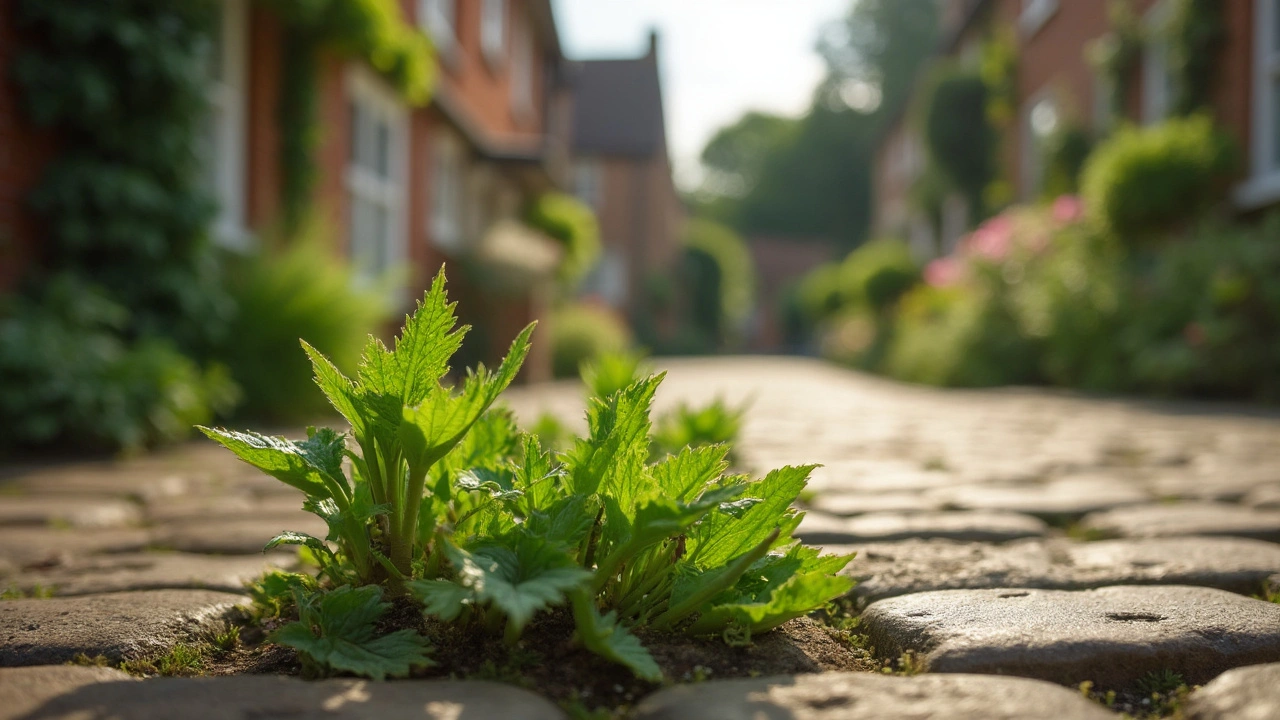Buck's-horn Plantain (Plantago coronopus) — ID, Uses & Safety
Ever noticed a low rosette of narrow, forked leaves hugging the ground and wondered what it was? That’s often buck's-horn plantain. It looks different from the broad-leaf plantain many people know: the leaves are slender and lobed, like tiny horns. You’ll find it in coastal areas, lawns, and disturbed soil across Europe and parts of North America.
How to identify and harvest
Look for narrow, toothed leaves that spread from a central point. The flower stalks are thin and carry small brownish seed spikes. Leaves stay close to the ground and form a flat rosette. If you’re foraging, pick young leaves — they’re milder and less fibrous. Avoid plants growing by busy roads or polluted areas. Rinse well and trim off damaged bits before use.
Want to grow it? Sow seeds in spring or fall. It likes full sun to light shade and tolerates poor, sandy soil. Keep soil moderately moist; it’s low-maintenance and can self-seed. Harvest by snipping outer leaves; don’t remove the whole rosette if you want continuous growth.
Practical uses and simple recipes
Buck's-horn plantain is edible and versatile. Young leaves work raw in salads or as a peppery microgreen. Older leaves are better cooked — steam or sauté them like spinach to soften the fibers. Try a quick salad: chop a handful of young leaves, toss with lemon, olive oil, salt and a bit of grated cheese.
People also use plantains medicinally because the leaves contain mucilage, which soothes irritated tissues. A basic tea: steep 1–2 teaspoons of chopped leaves in a cup of hot water for 5–10 minutes and sip for mild throat irritation. For skin scrapes or insect bites, crush fresh leaves into a paste and apply as a short-term poultice — wash the area after 15–30 minutes. These home uses are traditional remedies, not replacements for professional care.
Safety first: some folks can be allergic to plantain species. If you’ve never tried it, eat a small amount and watch for rash, swelling or digestive upset. Don’t use wild-harvested plants that may have been sprayed with pesticides or exposed to road runoff. Pregnant or nursing people and those on regular medicines should check with a clinician before using herbal teas regularly.
Curious whether buck's-horn plantain belongs in your garden or kitchen? It’s an easy, low-key green to try. Start with small servings, keep an eye on how you react, and treat medicinal applications as simple first-aid rather than a cure. If you want more tips on identification or recipes, ask — I can share quick salad ideas or step-by-step poultice instructions.
Buck's-horn plantain isn't just a weed in your sidewalk—it’s a centuries-old secret packed with health benefits. Discover how adding buck's-horn plantain supplements to your routine can boost immunity, support digestion, and strengthen your body's defenses. This article digs into its proven uses, why researchers are giving it a second look, and tips to choose the best products. Uncover the science, history, and real-life ways this humble herb can play a starring role in modern wellness.



